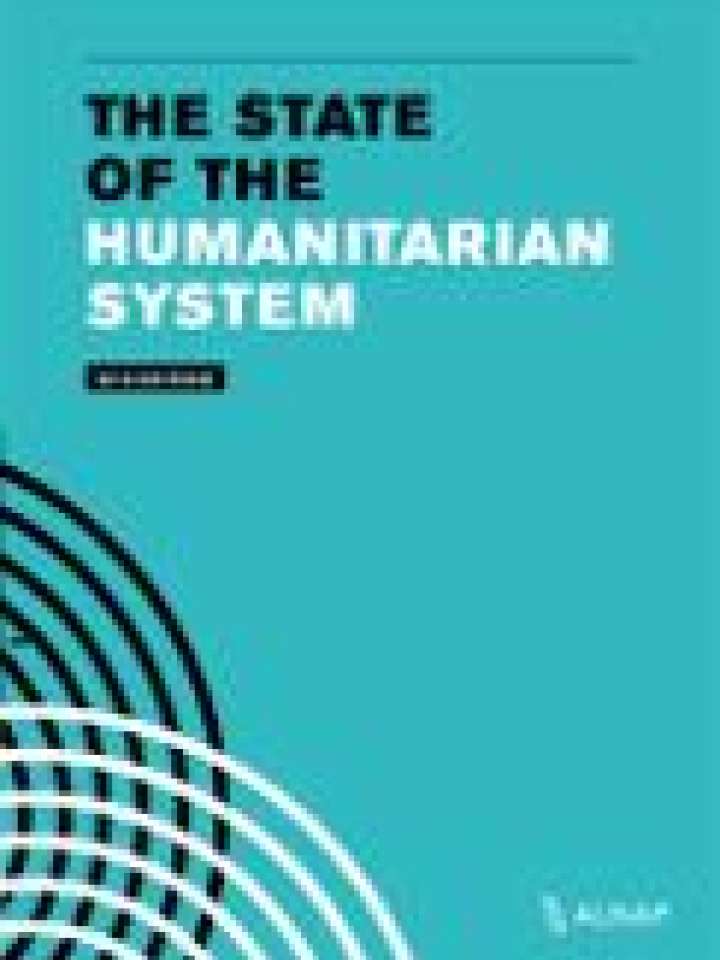The state of the humanitarian system (2015)
This year's study compiles the latest statistics on the size and scope of the humanitarian system and assesses overall performance and progress in the period 2012-2014. The humanitarian system’s performance is assessed within its core functions of responding to major sudden-onset emergencies and supporting populations in chronic crisis, as well as its less well defined roles of humanitarian advocacy and support for resilience.
According to the report, only in the function of rapid response to major sudden-onset disasters can the system claim clear success and progress during the review period. The coordinated national and international response to the most destructive typhoon in Philippines history resulted in reduced levels of morbidity and mortality than in major natural disasters in the recent past. It highlights that humanitarian policy dialogue has increasingly focused on building resilience to disasters and strengthening national and local response capacities.
The study found some important gains in preparedness, particularly in natural-disaster-prone stable countries. However, funding for emergency preparedness is an ongoing challenge for communities and the humanitarian system, and humanitarian actors find themselves having to continually prioritise life-saving activities and forego preparedness and capacity-building initiatives. Funding post-crisis recovery and reconstruction is equally problematic, and did not improve during this period of review. The research on the Philippines typhoon response, for example, found considerable gaps in recovery funding that particularly thwarted efforts to restore housing and livelihoods. This also reflects a lack of donor prioritisation and ineffectual cluster leadership in addressing how to transition to longer-term objectives.
In terms of coordination, the report found that in countries prone to sudden-onset disasters, such as the Philippines and Indonesia, extensive consultation with the government and the local authorities continues on preparedness measures, and separately on disaster risk reduction and mitigation (often by development partners), but there is less evidence that governments are consulted and engaged in a broader resilience needs assessment, which would include recovery and financing needs.
Explore further
